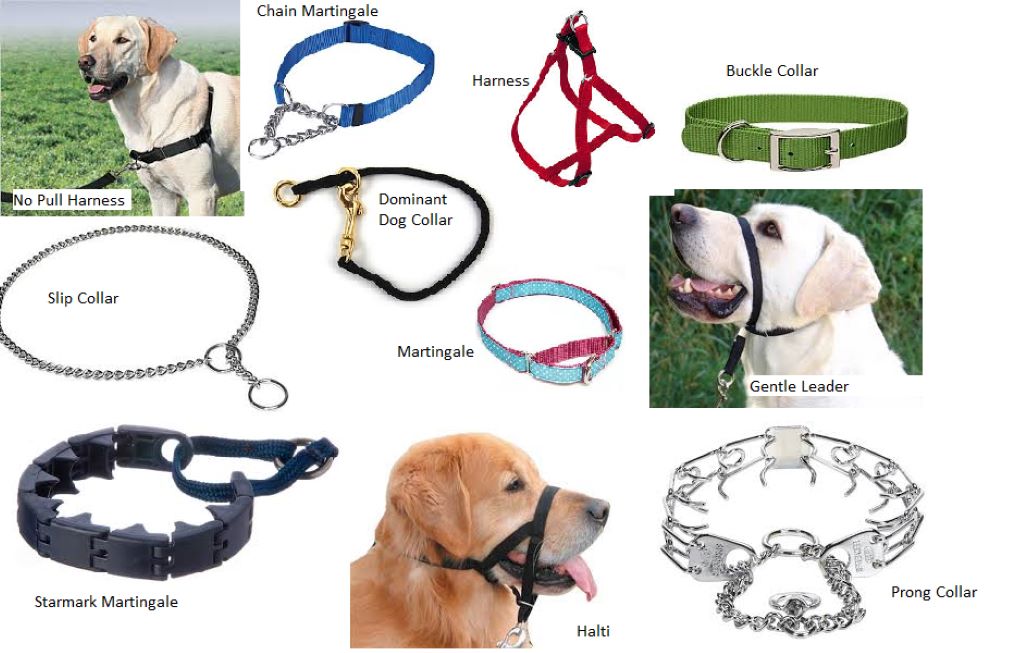When it comes to training our furry friends, shock collars have become a popular tool for pet owners. These collars are designed to emit a mild electric shock to discourage certain behaviors in dogs. While shock collars can be effective training devices during waking hours, many pet owners wonder if it is safe for their dogs to sleep in these collars. In this article, we will explore the topic and provide insights into whether a dog can sleep in a shock collar.
Understanding Shock Collars
Before we delve into the question at hand, let’s understand what shock collars are and how they work. A shock collar, also known as an electronic collar or e-collar, is a training tool that delivers an electric stimulus to the dog’s neck when activated. This stimulus can range from a mild vibration to a moderate electric shock, depending on the settings and the specific collar used. Shock collars are designed to be used as a corrective measure to address unwanted behaviors, such as excessive barking or aggressive tendencies.
The Purpose of a Shock Collar
The main purpose of a shock collar is to provide an immediate and negative consequence for a dog’s undesirable behavior. It acts as a form of aversive conditioning, where the dog associates the unwanted behavior with the uncomfortable sensation caused by the shock collar. This helps in discouraging the dog from engaging in the behavior again in the future.
Safety Concerns
While shock collars can be a useful training tool, it is important to consider the safety and well-being of our furry companions. Dogs, like humans, need undisturbed sleep to recharge and maintain their overall health. Wearing a shock collar during sleep can potentially cause discomfort and interrupted sleep patterns for the dog.
Discomfort and Disturbance
A shock collar is usually designed to be worn tightly around the dog’s neck to ensure proper contact with the skin. This tight fit, combined with the presence of the collar itself, can cause discomfort and irritation, especially when the dog moves during sleep. It may lead to scratching, rubbing, or pawing at the collar, which can further disturb the dog’s sleep.
Risk of Injury
Another safety concern is the risk of injury associated with wearing a shock collar during sleep. Dogs are often restless during sleep, and they may toss and turn. The presence of a collar with electrical components can increase the risk of injuries such as burns or skin irritations, especially if the collar malfunctions or if the dog’s movements cause the collar to become twisted or tangled.
Alternatives for Sleep
Considering the potential discomfort and safety risks, it is generally recommended to remove the shock collar when the dog is going to sleep. This allows the dog to rest peacefully without any interference from the collar.
FAQs
- Is it necessary to use a shock collar for training?
No, it is not necessary to use a shock collar for training. There are alternative training methods available that focus on positive reinforcement and rewards, which are considered more humane and effective.
- Can shock collars cause long-term harm to the dog?
If used improperly or excessively, shock collars can potentially cause long-term harm to a dog’s physical and psychological well-being. It is important to use shock collars responsibly and under the guidance of a professional dog trainer.
- Are there any other training tools besides shock collars?
Yes, there are various training tools available besides shock collars, such as clickers, treat dispensers, and harnesses. These tools focus on positive reinforcement training techniques.
- How long should a shock collar be worn during the day?
The duration of wearing a shock collar during the day should be limited to training sessions and specific times when corrective measures are necessary. It is important to give the dog breaks from wearing the collar to ensure their comfort and well-being.
- Are there any potential side effects of using a shock collar?
Some dogs may exhibit signs of stress or anxiety when exposed to a shock collar. Additionally, if the shock collar is used excessively or inappropriately, it may lead to behavior problems or further aggression in the dog.
Conclusion
In conclusion, while shock collars can be effective training tools during waking hours, it is not recommended for dogs to sleep in them. The potential discomfort, disturbance, and risk of injury outweigh any potential benefits that may arise from wearing a shock collar during sleep. As responsible pet owners, it is important to prioritize our dogs’ well-being and provide them with a safe and comfortable environment, even during their resting hours.



